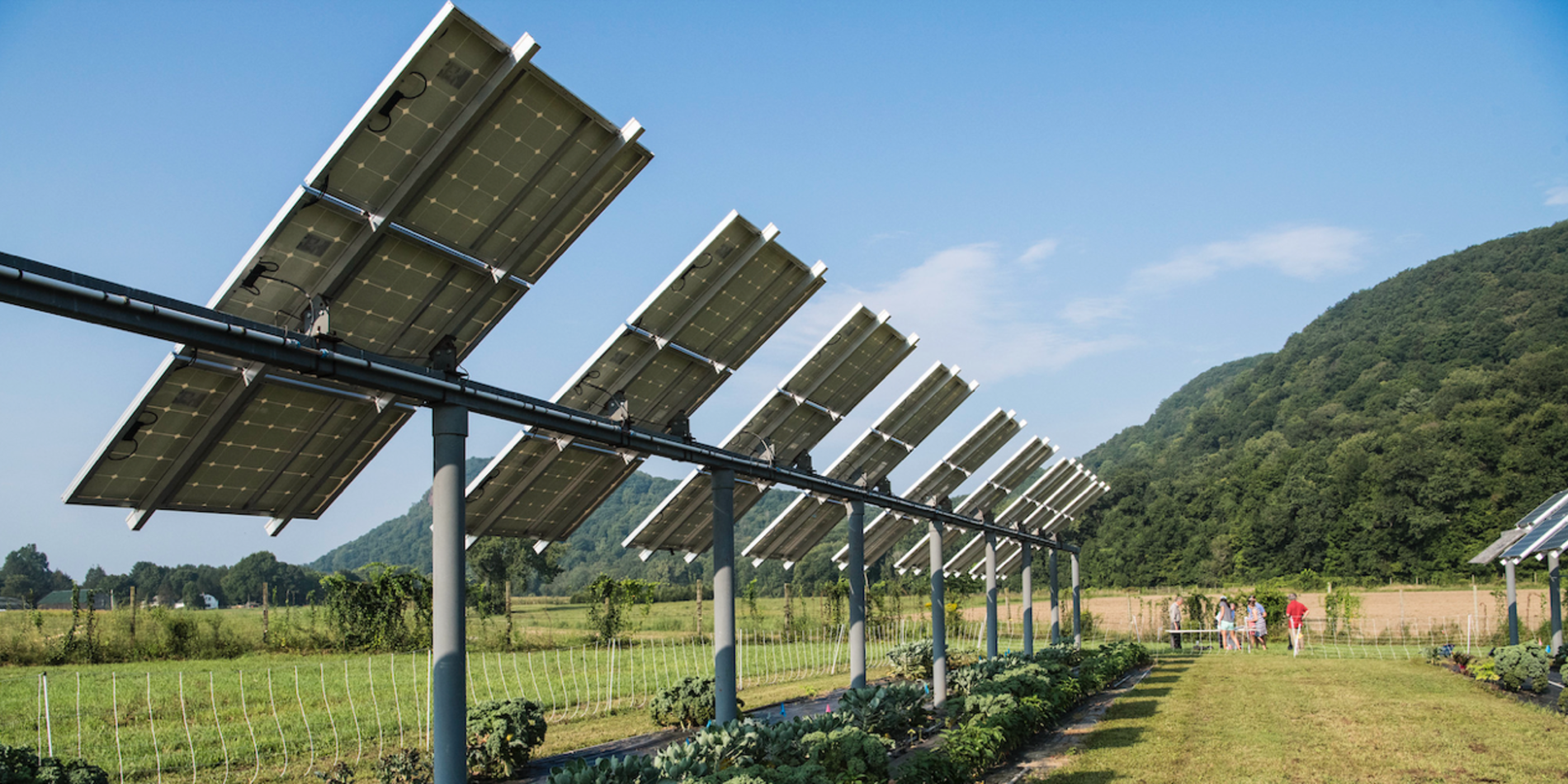Solving a Housing Crisis

Affordable housing is out of reach for many Americans. Nationwide, there is only one rental home within financial reach for more than three families who qualify as having very low income. In California, it is one rental for every five families.
Meanwhile, half-empty buildings sit across the United States: 1970s motels with perpetual vacancy signs; shopping centers from the Mallrats days of the 1990s; office space from the 2000s, left behind by telecommuters.

These could all be someone’s home.
“There is no single solution to solving our housing crisis, however, reusing underutilized buildings has great potential,” says Armelle Coutant, ’19, MS ’21, cofounder and CEO of Kit Switch, a startup designing a kit of prefabricated components to form apartments inside vacant buildings.

The pandemic has shown how quickly architecture may need to pivot from its original use. A living room might become an office. A garage could be a studio apartment. A football stadium could transform into a mass vaccination clinic.
“We are increasingly forced to reckon with the effects of climate change and global crises,” she says, pointing to how real-estate constraints have stayed static, even as buildings need to become more dynamic in today’s world.
“Our goal at Kit Switch is to pre-design and pre-specify standard building blocks of apartments so that housing units may be more easily deployed, reconfigured, and swapped, whether inside existing vacant buildings or in new construction.”
She explains the goal is not to convert every single empty commercial building into living space, but rather to make the urban landscape more resilient and responsive to changing needs.
“Building interiors are typically the most cost intensive, yet they are also the building layer most subject to change, and we need to be thinking about producing them in a more adaptable and circular manner,” says Coutant.
Building resilience
Kit Switch is offering a turnkey approach to renovating buildings, beginning at the heart of many homes: the kitchen.
“We started this initiative by talking to experts in the field and getting a wide range of perspectives. Before starting any design work, we really sought to understand the ecosystem,” says Coutant, of the more than 200 conversations that she and Candice Delamarre, MS ’21, cofounder and COO, and earlier project members shared with workers, architects, developers, and contractors.
What they learned is that kitchens are a bottleneck in most multifamily building projects—the biggest driver for layout mistakes and delays. This became the inspiration for Kit Switch’s first product line, what Coutant calls a “plug and play” kitchen, given how straightforward it is to install.
The plumbing and electrical systems are integrated into a prefabricated back panel, so once the “Kitchen Kit” arrives on the worksite, the main step is to connect it to the building’s wiring, water pipes, and drainage through a central access panel. This panel also facilitates any maintenance or energy monitoring that might be needed after residents move into the unit.

Coutant notes that she and Delamarre were able to install the 5-foot linear kitchenette as a crew of just two people in less than three hours. “Those who have experience with kitchen remodels will tell you that it usually takes quite a bit longer!”
Kit Switch is able to provide upfront pricing and a set timeline for installation, allowing developers to rent their units sooner, a distinct advantage given the supply chain delays that have emerged in recent years. While Kit Switch products can be used on single accessory dwelling units (ADUs), the biggest pricing advantages are for housing developers of multifamily projects of 10 units or more.
“One challenge in our industry is having to redesign and bid on every new construction project, usually managed by an entirely different team. By standardizing our designs, we can take some of the guesswork out and offer the benefits of using the same product across projects,” she says.
The environmental cost is lower, too. In 2020, the manufacturing of new building materials, such as steel, glass, and cement, accounted for 10 percent of global carbon dioxide emissions, according to the International Energy Agency. The simple act of reusing older buildings will be a benefit to the climate, with the foundations already poured and the windows framed.
Modular components that are designed for disassembly and remanufacturing also allow for easier repair in apartment buildings, “rather than opting for demolition and its resulting landfill waste,” explains Coutant. Landlords or owners could even relocate the components to a different home.
Kit Switch is a member of the Innovation Incubator, a technology resource for cleantech startups committed to sustainability, as the startup continues to refine designs and develop product lines.
New angles on construction
The venture started out as a collaboration between five graduate students who met in the Sustainable Design and Construction Program at Stanford, all women in an industry that is predominantly male. Coutant says their fresh outlook has continued to draw students who are hoping to get involved. Thanks to support from the TomKat Center for Sustainable Energy, they have mentored six Stanford interns in the past year.
“Every resource and source of funding is important when you are starting out, but the TomKat Center award really was an incredible catalyst in terms of unlocking our ability to develop our product,” she says.
She recalls how the 2020 Innovation Transfer grant allowed them the freedom to tinker, to explore, and to iterate. Even something as simple as buying multiple parts from The Home Depot and trying different techniques to see which worked better. “Having the ability to be curious and to learn new things was such a key part of our early successes.”
“We’ve prototyped. We’ve tested. We’ve test-installed. Now we have a chance to do a permanent installation,” she says.
In fall 2022, Kit Switch is teaming up with Habitat for Humanity, the largest nonprofit builder in the world, to do the first long-term pilot of their kitchen line in Los Angeles. Kit Switch is also looking to grow their team and launch a pop-up showroom in San Francisco near Pier 9 where they are residents of the Autodesk Technology Centers Outsight Network.
“We’re a small team of engineers and designers. Creating tools that can be a part of adding sustainable, quality homes for all is where we hope to give our contribution.”



